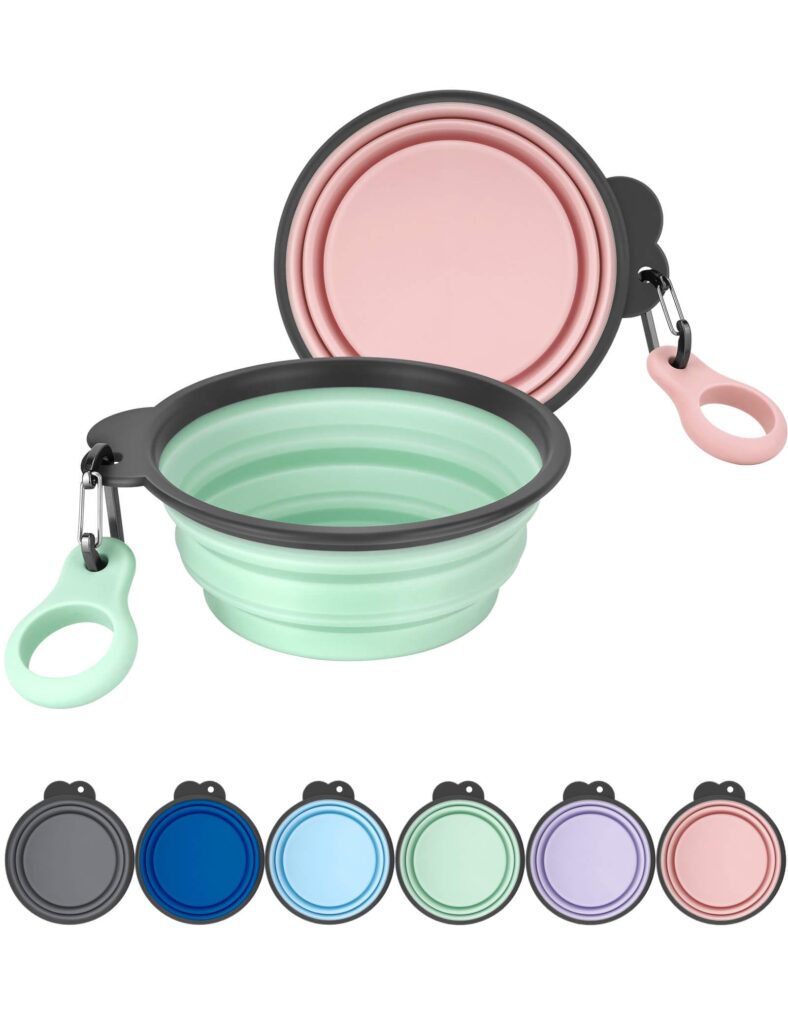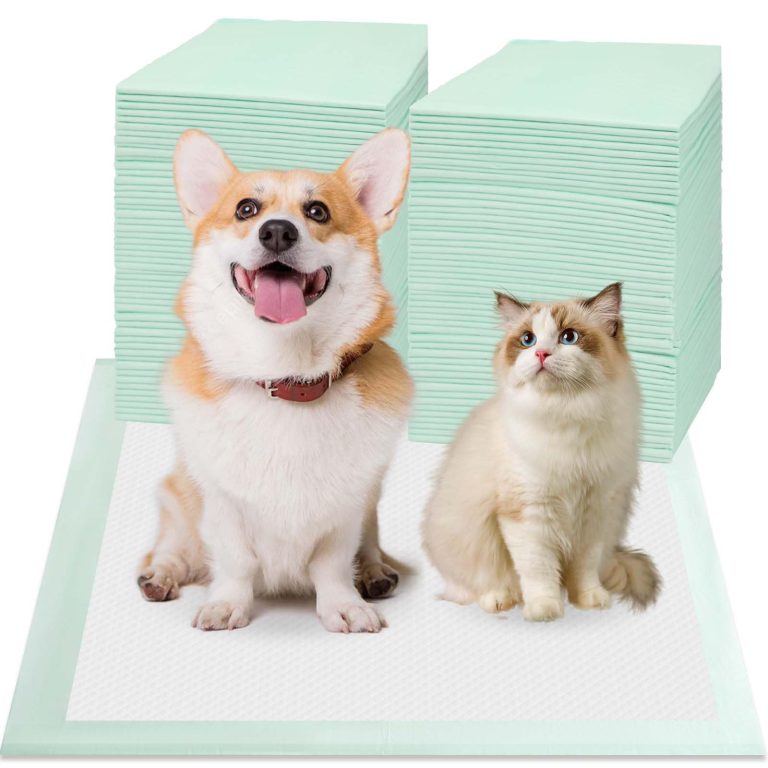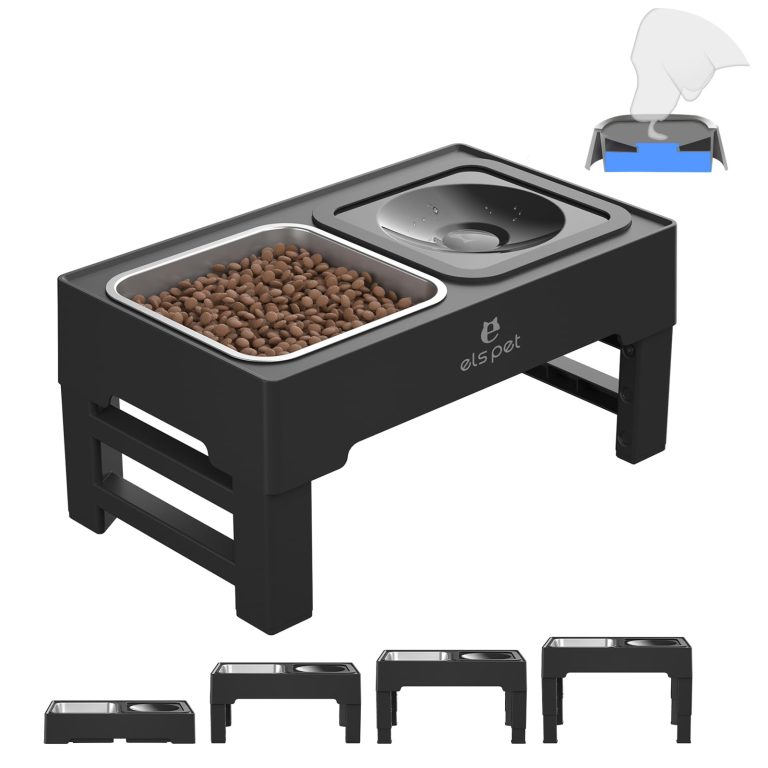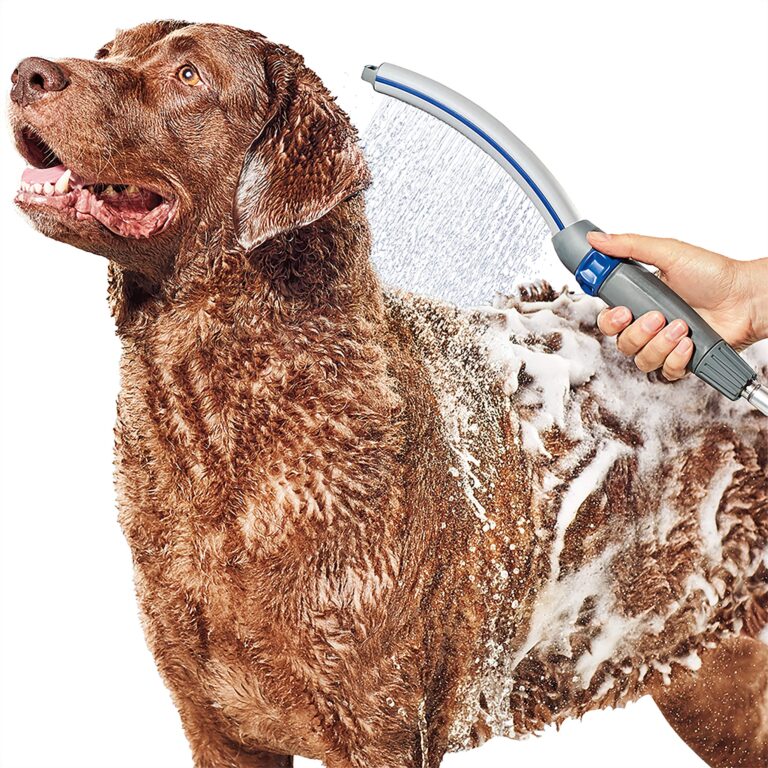Pet-Related New Year’s Resolutions for Dog Owners

Committing to Daily Exercise and Playtime
If you’ve ever found your furry friend bouncing off the walls, you know the power of play and exercise. The friskier they’re, the more they’re silently pawing at you for some action! Just like for us humans, physical activity is a huge slice of the pet health pie, and committing to a daily routine can turn the tide for their overall well-being.
Now, not all pets need to train for a marathon, but even a leisurely stroll around the block or a spirited game of fetch can keep those tails wagging with joy. By getting their heart rates up, you’re not only helping Fido shed any sneaky pounds, but you are also fending off boredom and keeping potentially destructive behaviors at bay.
For the kitty camp, lasers and feather toys aren’t just hilarious YouTube material; they’re a way to tap into those wild instincts. Before you know it, your cat’s inner lion is leaping and prancing, which is pure gold for their physical and mental health!
And let’s not forget those pocket-sized pals or the more exotic critters. From hamsters on wheels to parrots that love to play, each type of pet has its own favorite form of exercise. Even activities as simple as climbing or interactive toys can do wonders for their mood and vigor.
Here’s a pro tip: switch up the activities now and then. Just like us, pets can get bored with the same old routine. An unexpected trip to the dog park or a new obstacle course for your bunny can be like a mini-vacation from the day-to-day grind.
Remember, spending this time together isn’t just a chore on your to-do list; it’s a chance to strengthen that incredible bond you share with your pet. It shows them they’re a valued member of the family, and that’s something worth jumping over moons for!
Improving Diet and Nutrition
Stepping up from playful frolics, paying close attention to what fills your pet’s bowl is another cornerstone of responsible pet parenting. Just like exercise, the diet plays a pivotal role in your pet’s health. But, improving their diet and nutrition isn’t about just splashing out on the priciest brand on the shelf; it requires understanding their unique dietary needs.
A balanced diet is key. Different pets, depending on their age, breed, and health status, will have varying requirements. For instance, a growing puppy will crave more calories and specific nutrients compared to a senior dog. Your first port of call? Have a one-on-one with your vet to get a tailored meal plan.
Portion control is vital, too—without it, a few extra treats can lead to an overweight pet before you know it. A measuring scoop or a simple kitchen scale can be a lifesaver here.
And speaking of treats, let’s be honest, those adoring eyes are hard to resist. However, snacks should complement, not replace, their main diet. Keep the treats occasional and opt for healthier options like crunchy veggies for dogs or a small piece of fruit for rodents (avoid anything toxic to pets, like chocolate or grapes).
Water is the elixir of life! Always ensure your furry (or feathery) friend has access to fresh, clean water. A hydrated pet is a happy pet and it’s crucial for aiding digestion and keeping their organs humming along nicely.
Now, let’s dish on the actual food. Ingredients matter. Seek out high-quality food with real, recognizable components. Your pet’s ancestors didn’t snack on “meat by-products” or fill up on corn and wheat. Go for the real deal—foods that list actual meat, fish, or eggs as the first ingredients.
For pets with sensitivities or allergies, grain-free or limited ingredient diets can be game-changers. You’ll notice it is not just their coat that gets shinier; their energy levels could soar too!
Lastly, remember that dietary changes should be introduced slowly, mixing in the new with the old to ease the transition. A sudden switcheroo can upset their tummy more than a bad day at the races.
With a sharp eye on mealtime and the occasional snack, your pet’s diet can be a powerful tool for health and happiness. Chew on that, and you’ll be setting them up for a life filled with vitality!
Focus on Training and Behavior
Stepping into the arena of pet parenting, a dimension that can’t be overlooked is the importance of training and behavior shaping. This isn’t about teaching your pet party tricks for your amusement; it’s about setting them up for a harmonious life within a human world. Here’s the deal: structure and clarity are your pet’s best pals. The absence of them? Hello, chaos and chewed-up shoes!
Begin by establishing a clear set of rules and stick to them like glue. Consistency is king, and your pet is a royal subject! Whether it is a ‘no lounging on the sofa’ decree or an ‘all paws on deck’ for meal times, the rules of the kingdom should be unambiguous and enforced gently but firmly.
Positive reinforcement steals the show here. Shower your pet with praises, pets, or treats when they hit the mark. Remember, what gets rewarded gets repeated. For example, if your dog sits when you ask, that is a treat-worthy moment. If your cat uses the scratching post instead of the sofa, make a fuss about it!
Training sessions should be short, sweet, and as frequent as your favorite sitcom. Pets, like humans, can only keep their focus for so long before boredom kicks in. Keep it engaging, and you’ll keep their attention.
Here’s a slice of wisdom: always end on a high note. If you’re training your pet and they’ve done something spectacularly right, wrap it up right there. Leave them eager for more, rather than fatigued and fed up.
But what about the not-so-glittery side, the behavioral challenges? Biting, excessive barking, or shredding your mail… It’s time to play detective. Often, these behaviors are a symptom, not the problem. They might signal boredom, excess energy, or anxiety. Address the root cause, and you’ll likely nip the bad behavior in the bud.
Don’t skimp on the social side of things, either. Pets need friends, too—well, most of them. Introduce them to other animals, new people, and different environments gradually. It’ll build their confidence and social graces, making them well-adjusted comrades in adventures.
Now, here comes a tiny whisper of tough love: sometimes, we need professional help. There’s no shame in calling in a trainer or behaviorist. They can provide insights and tools that are tailored to your particular furball’s quirks.
All in all, remember that every pet is a unique puzzle. It is our job to find the right pieces that bring out the best in them. By giving your pet both love and limits, you create a secure, stable world where they can thrive. So, reinforce the good, redirect the bad, and always keep training sessions brimming with fun and positivity. That is the yellow brick road to a well-behaved, happy companion.
Prioritizing Regular Veterinary Care
Just like you wouldn’t skip out on your own regular health check-ups, keeping up with your pet’s veterinary visits is paramount. Consider of your vet as your teammate in the league of extraordinary pet owners. Their expertise is invaluable for keeping your furry friend bouncing with good health and catching any issues before they become major problems.
Annual check-ups are a great start, but let’s not forget, prevention is better than cure. Keep up to date with vaccinations, and make parasite prevention a non-negotiable part of your pet care routine. It’s a jungle out there, and fleas, ticks, and worms are just waiting for a free ride!
Now, about those pearly whites – dental hygiene for pets is not just about fresh breath. Dental issues can lead to more significant health problems, so regular brushing, dental treats, and check-ups should be on your ‘to-do’ list.
“An ounce of prevention is worth a pound of cure.” – That saying old is gold, especially when it comes to pets. By taking care of their teeth, you’re warding off potential future ailments.
When it comes to the more mature pets, senior screenings can be a lifesaver. As pets age, they’re more susceptible to conditions like arthritis, kidney disease, and diabetes. Bi-annual checks for the golden oldies can make a big difference.
Don’t let the cost of vet care become a dark cloud that hangs over your head. Consider pet insurance or setting aside a small monthly amount in a ‘vet care’ fund. When it is time for that unexpected visit, you’ll have peace of mind knowing you are prepared financially.
Let’s talk about the emotional stuff. Vet visits can be stressful for both pets and owners. But with a little preparation, you can make these trips less nerve-wracking. Get your pet used to their carrier and the car well in advance. Oh, and a cuddly toy or blanket with the scent of home can work wonders for their nerves (and yours).
Remember, your vet is your ally in the world of pet parenting. Listen, seek advice, and take proactive measures to ensure your pet’s health is always top of the league. You, your pet, and your vet – it’s a dream team in action, working together for a lifetime of wagging tails and contented purrs.







